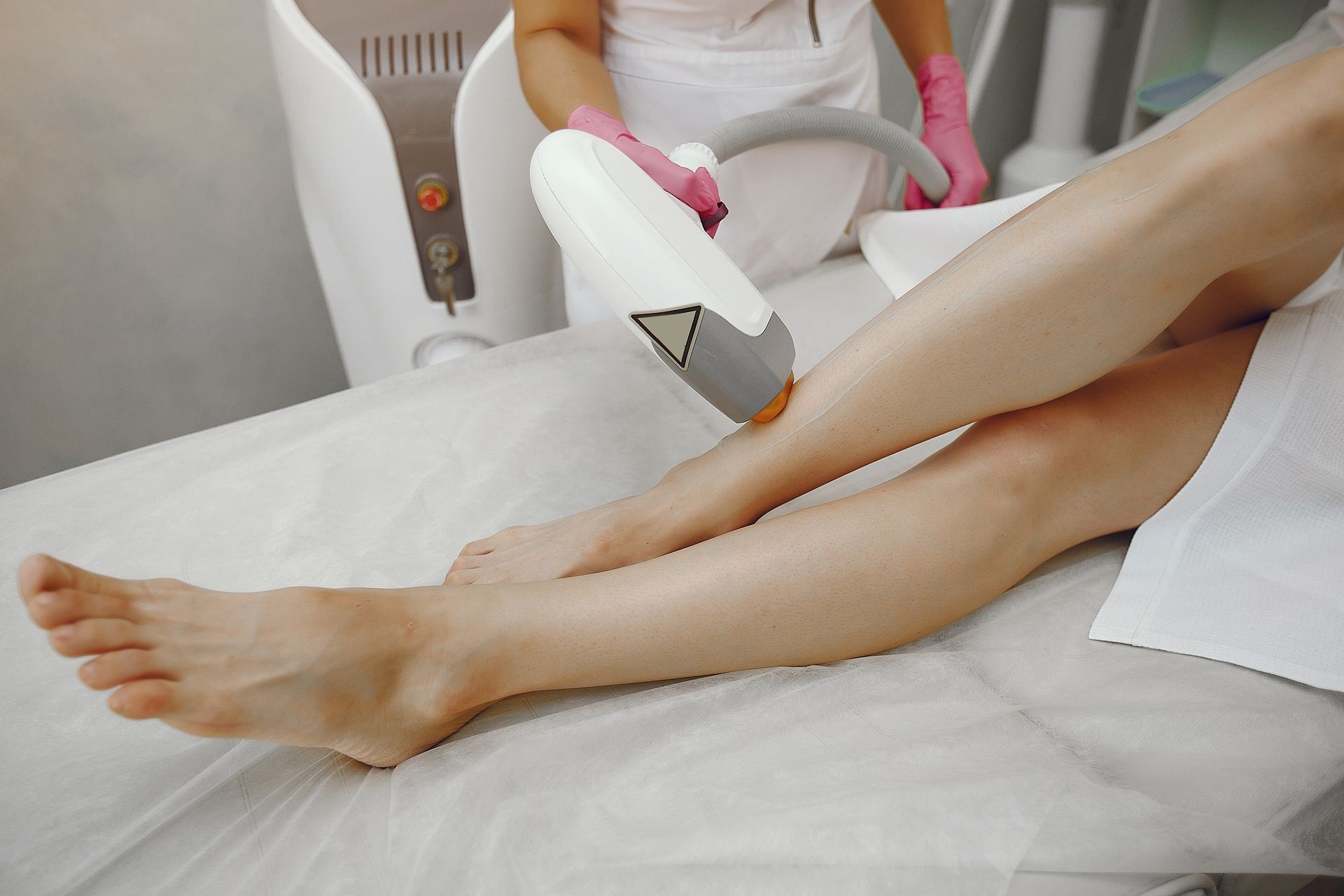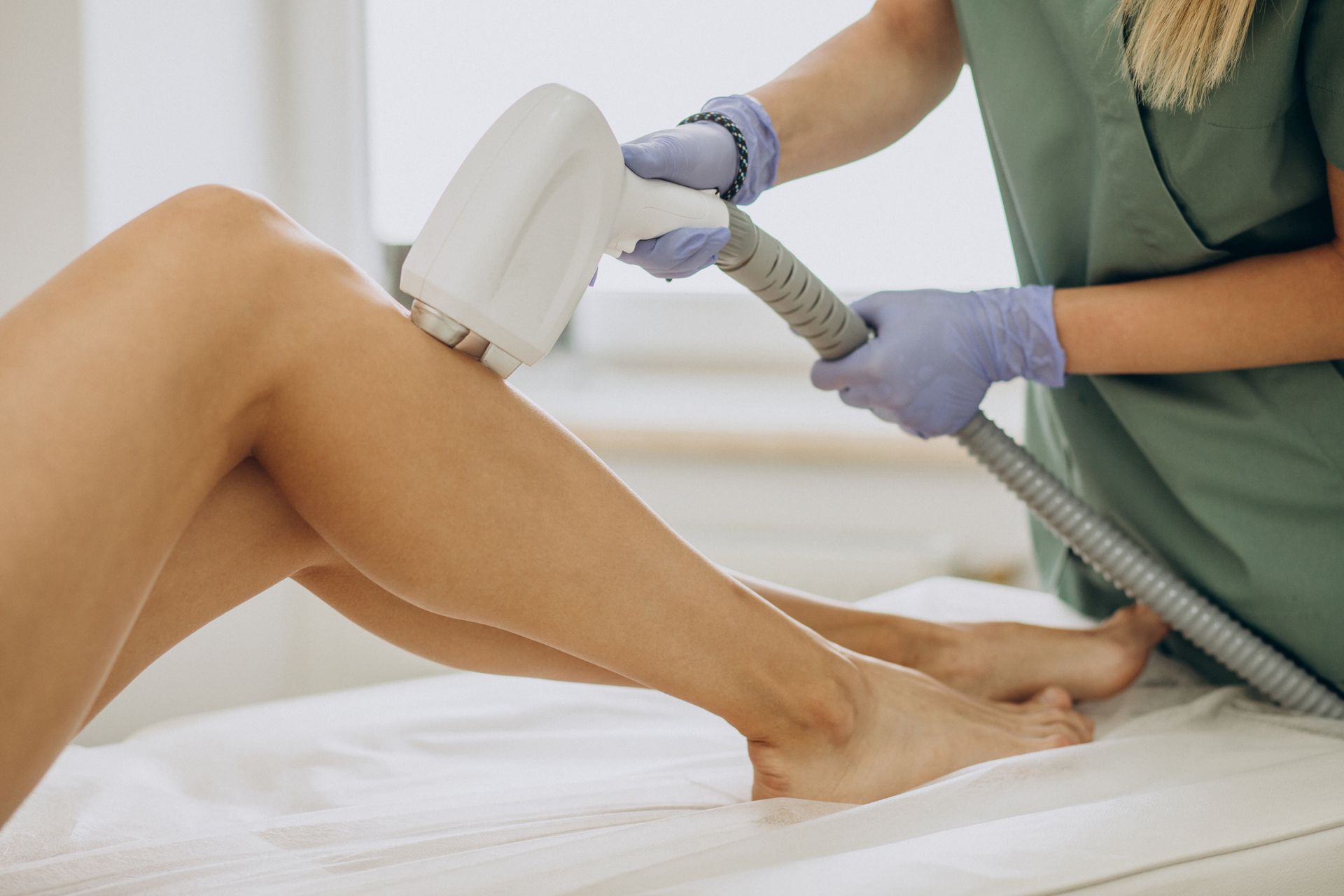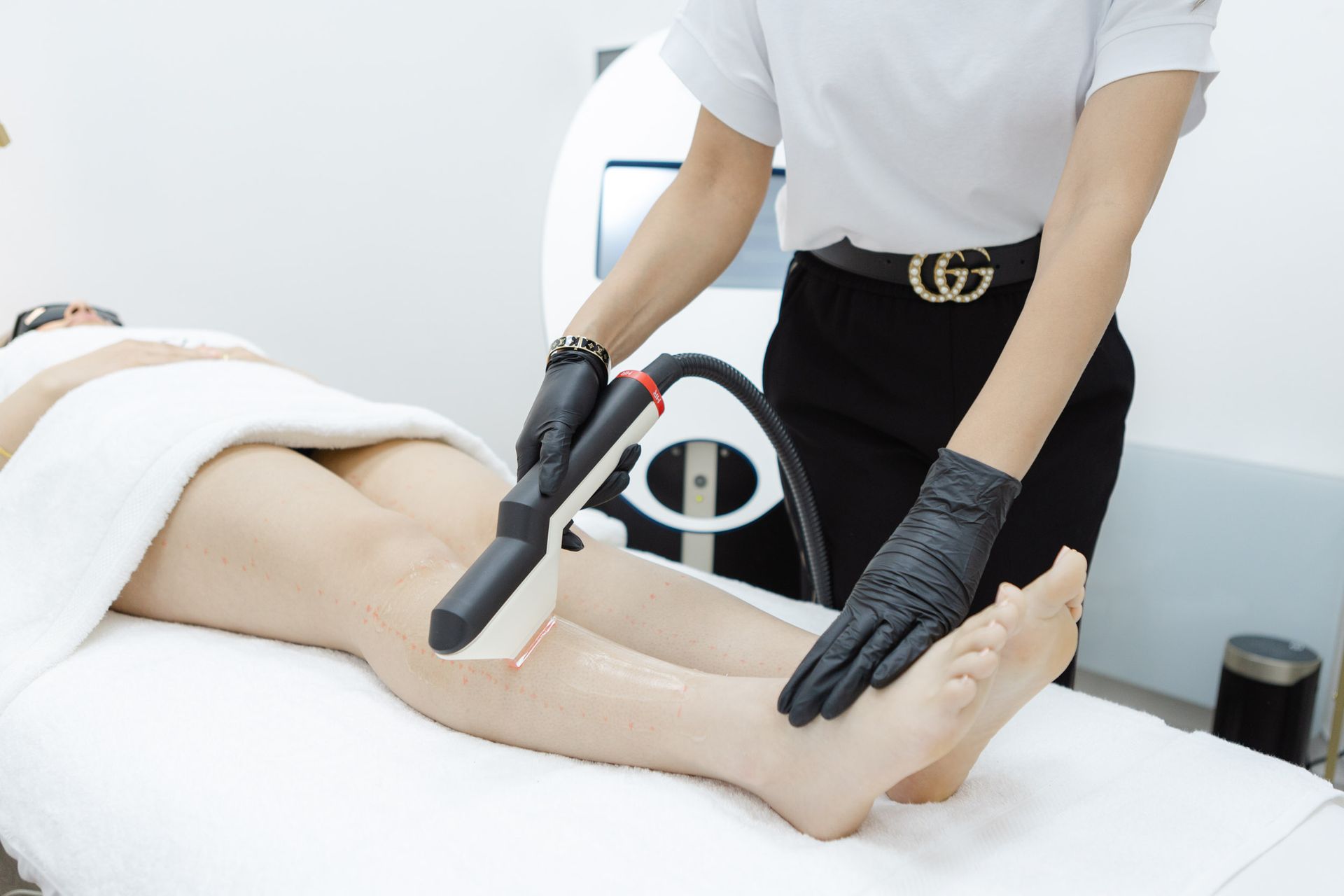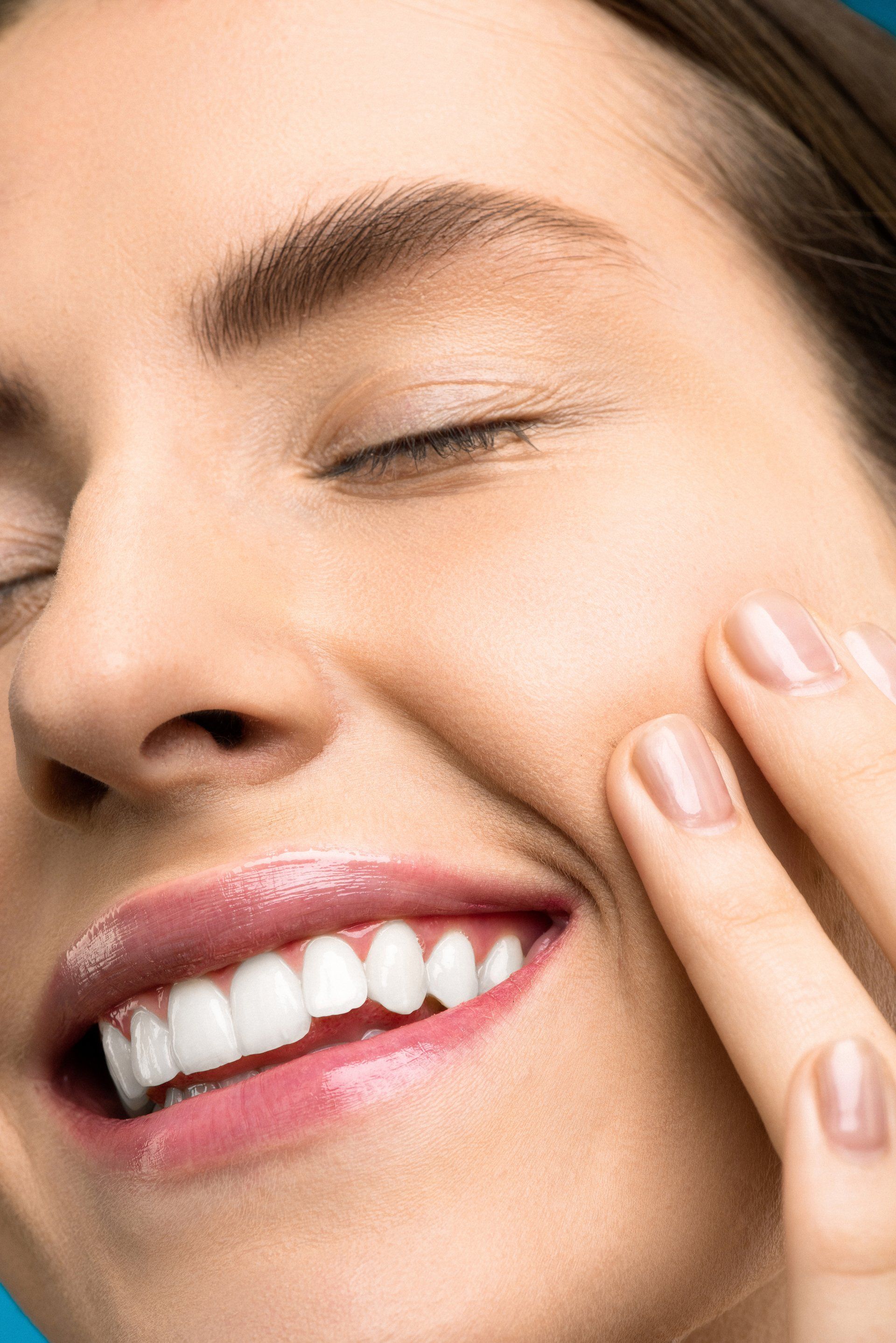Fat Freezing or Ultrasonic Cavitation?
If you’re looking for an effective fat loss treatment, then which do you pick – fat freezing or ultrasonic cavitation? MySkin’s experienced founder Parvinder Kalam explains the difference between these two popular methods of toning up. Both involve little downtime, no surgical intervention, minimal discomfort and long-lasting results.
FAT FREEZING
This treatment – also known as cryolipolysis – works by killing of the fat cells in targeted areas, which are then removed by your body’s own immune system. During your session, we’ll use an applicator to target a pocket of fat (this is why it’s better on smaller, specific areas), cool it down and encourage the body to get rid of the now denatured cells.
A fat freezing session usually lasts around 40 minutes, and is pretty painless, although – as you might expect from the name – you’ll feel the cold, as the applicator cools the fat down to around -6C. You may get light bruising, and some of our clients have said their skin feels a little numb for a couple of days – this is from the suction of the applicator.
As a targeted treatment, we recommend you have your fat freezing sessions on areas such as your love handles, inner thighs, bingo wings/upper arms and your back on your body, and it’s also effective in reducing double chins and jowls. We offer our fat freezing treatments based on wherever you need attention.
After your treatment, your body will start to flush out the dead fat cells, and you’ll see effects in around six to ten weeks.
ULTRASONIC CAVITATION
This treatment uses low-frequency ultrasound wave to denature fat cells, making them burst. The contents are then flushed from the body, giving long-lasting effective results over a large area. Unlike fat freezing, cavitation uses a paddle-style applicator, so your practitioner can treat a larger area, leading to greater overall fat loss – making it ideal for use on cellulite, for example.
The average cavitation session lasts around 40 minutes, with two areas treated per session. As with fat freezing, there is no downtime, although the area may be a little tender afterwards, and some clients are sensitive to the low-frequency ultrasound.
Compared to the previous treatment, the effects of cavitation are quicker to see, as the body processes the denatured cells and contents in the days after the appointment. Cavitation is most effective done as a series of treatments, and we offer a package of six sessions for great value for money and even better results – you can really lose several inches over the course of your treatment.
Ultrasonic cavitation is ideal for areas such as your abdomen, your thighs, the backs of your legs or your back, with results after just one session. You can also combine the fat loss from the cavitation with a Dermology lymphatic drainage treatment for even better results!
The Takeaway
Fat freezing and ultrasonic cavitation essentially seek to do the same thing – kill fat cells by either vibrating or cooling them – but have different applications. Fat freezing is better for targeted hard-to-shift areas of fat, whereas ultrasonic cavitation is better for treating larger areas. We can also say that cavitation gives faster results, but you need more sessions to see a real difference – fat freezing is effective in the weeks after the treatment.
Remember that these are both fat loss treatments, so you might not see a difference on the scale, but you clothes will fit better thanks to the toning effect of the sessions.











